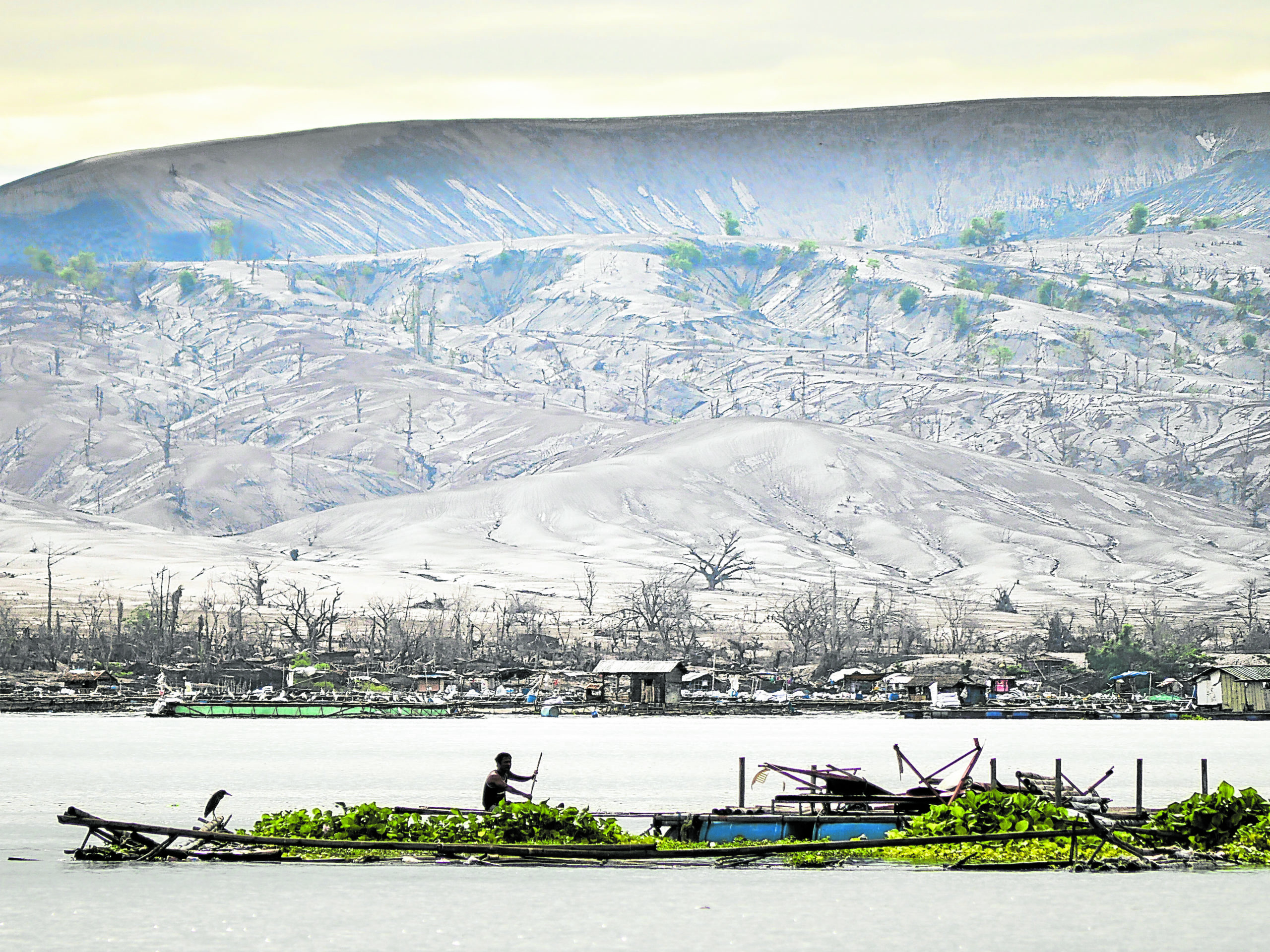Calabarzon needs P100B for Taal, COVID-19 recovery
SAN PEDRO CITY—Calabarzon will need P41.9 billion in public investment in order for the economy to bounce back after a major eruption of the Taal volcano in Batangas province in January, officials in the region said.
The region, composed of the provinces of Cavite, Laguna, Batangas, Rizal and Quezon, will also need P67.21 billion to finance its recovery program from the coronavirus disease that had infected 48,688 people as of Oct. 20.
Socioeconomic managers and local executives identified the investment requirement of Calabarzon amid an economic downturn and a higher poverty incidence this year when many have lost their jobs and property.
“All those we’ve worked hard for (to reduce the poverty incidence) in the last five years (was) gone because of these two calamities,” said National Economic Development Authority regional director Luis Banua.
Calabarzon has a population of 14 million and its economy propped up mainly by industries that were affected by the eruption and workflow disruption due to the virus lockdown.
In an online interview on Thursday, Banua said the region’s economic performance improved over the last decade, recording the lowest poverty incidence second only to the National Capital Region, at 7.1 percent, in 2018. The region recorded a 12.2-percent poverty incidence in 2015. Another indicator was the region’s employment rate at 93.9 percent in 2019 or an increase from 93.4 percent in 2018.
Article continues after this advertisementThe Philippine Statistics Authority has yet to release the 2020 gross regional domestic product, but a preliminary estimate in July 2020 showed Calabarzon’s employment rate down to 87.6 percent.
Article continues after this advertisementIn October, Calabarzon’s Regional Development Council (RDC) approved the Taal Eruption Rehabilitation and Recovery Program that included short- and long-term projects for Batangas and Cavite over the next two years.

STILL ASH-COVERED A fisherman in a bamboo raft approaches the fish pens covered with water lilies near the shore of Daang Kastila in Taal Volcano Island on Oct. 11 in Laurel, Batangas. Seen at the back is the still ash-covered landscape of Taal Volcano that erupted in January. —JOEL MATARO
Better normal
Some of the components, like the immediate clearing and repair of roads damaged by the ashfall, have been going on, while others are slated for national government funding in 2021 and 2022.
Of the total amount for Taal recovery, the biggest chunks will cover the construction of infrastructure (P15 billion) and permanent housing (P11 billion) specially for over 2,000 families displaced from the Pulo or the Taal Volcano Island. The rest is allocated for agriculture and fisheries, tourism and jobs creation, and social services.
The RDC, chaired by Batangas Gov. Hermilando Mandanas, was keen on resuming the trekking and tours on Pulo Island once the volcano alert is lifted, but without horseback riding or facilities that might encourage human settlement in the permanent danger zone. It also proposed a ban on fish cages in Taal Lake within 300 meters from the volcano island.
Banua cited key projects in the recovery plan which maps out the region’s strategy for a “better normal.” Among them is the construction of hospitals and evacuation centers for people and animals outside the 14-kilometer radius in case of an eruption and pyroclastic base surge.
The disaster management council is also preparing a detailed evacuation and disaster response plan for Taal that is similar to that in Mayon Volcano in Albay.
“After things settle down (with the pandemic), we’ll go back to the drawing board to make sure (the evacuation plan) is effective,” he said.